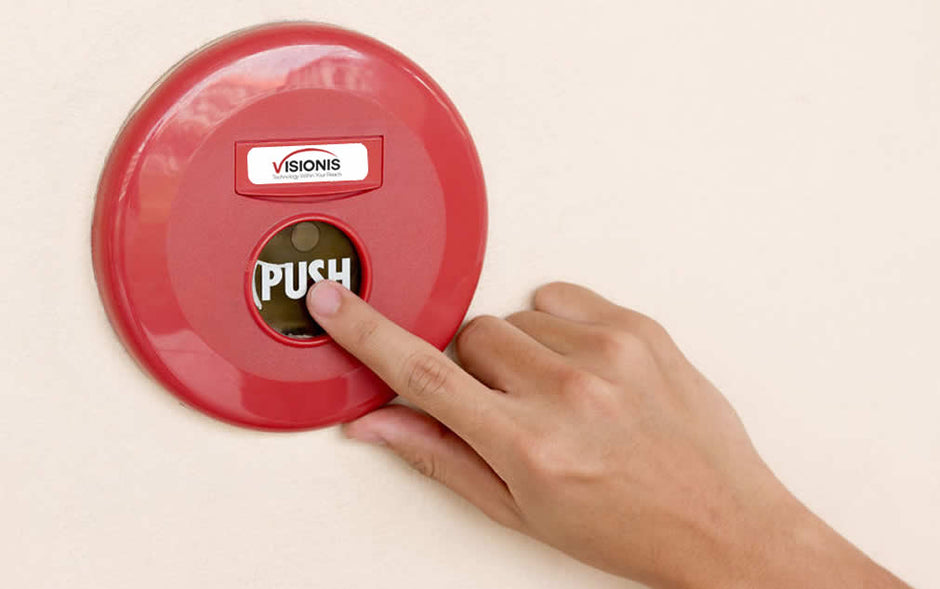How Do Magnetic Locks Work (Beginner’s Guide 2025)
This guide will walk you through everything you need to know. From how electromagnetic locks operate to installation tips and common concerns, we’v...

This guide will walk you through everything you need to know. From how electromagnetic locks operate to installation tips and common concerns, we’v...

Security has never been more important than it is today. Even in seemingly quiet and safe suburban areas, you just never know whom you can trust o...

In this article, we’ll explore the benefits of using AI in access control, potential concerns with AI in access control, governments using this te...

Choosing thе rіght access соntrоl system in Miami for уоur buѕіnеѕѕ іѕ аbоut finding the rіght bаlаnсе between соnvеnіеnсе fоr employees, соѕt соn...

Whаt dо hurricanes and оthеr natural dіѕаѕtеrѕ mean fоr уоur home ѕесurіtу system? Hоw can your ассеѕѕ соntrоl Miami durіng hurrісаnеѕ kеер your f...

Business owners have hundreds of different problems and variables that they need to worry about. They are constantly looking at the operation of t...

Doors should not be boring and mandatory additions to a house; they can be awesome upgrades that provide a home its character.

Automatic door openers can make life easier in both commercial and residential aspects by providing safe and easy access to your business or home,...

Do gun stores naturally repel criminals and burglars because bad guys fear the presence of guns? Do they fear a reactionary owner will pull a sawe...

Many store owners buy into a basic crime theory: Opportunity makes the thief. The design or a business operation and the management of it can set ...

If you have been a businessperson for any length of time, then you probably realized the importance of a solid security system. The days of simply...

As the way they operate and work toward improvement and growth, the same happens with the buildings and offices they work for. The Security servic...

Medicinal cannabis, or medicinal marihuana, has garnered much national attention in recent years. Our customer is a Pioneer Entrepreneur in the Me...

An electric door strike lock is an electromagnetic lock which can be installed in place of the standard manual locking mechanism on most doors. Th...

Hidden Door Store by Creative Home Engineering belong to the niche industry of building secret doors for homes, from rotating bookcases to lifting...

Finding a door access control system may not be the easiest thing in the world to do. But, it doesn’t have to be so hard.

How DO Electrical Doors Work? Learn Why Electric Lock, Bolt Electric, and Electric Strike Technology Enhance Security! Electric Doors: An Overvie...

There are several parts to each access program out there such as keypads, keycode cards, an exit button, and motion sensor devices. For this post,...

The standard lock and key is a form of access control, but door access control systems have become sophisticated with time. Today, apartment build...

The most important part of any commercial property is the physical access. It influences the overall security and who is in the building, which is...

Electronic locks offer the ability to lock or unlock a door or entryway in ways that are impossible to achieve with traditional metal or brass key...

FPC’s sophisticated access control systems are used for security applications as inventive as our clients can imagine. One great example is our lo...

During a standard burglary, the burglars mostly pick locks or kick the door in. As such, you need to have a good security door with a great door a...

In the recent days, maglocks have gained much popularity as a good option to control access as well as spice up security in both residential and c...